Scan Notes About Arguments
Introduction
In any academic or professional setting, the ability to analyze and evaluate arguments is a crucial skill. Whether you are engaged in a debate, writing a research paper, or making a strategic decision, having a thorough understanding of the various aspects of an argument is essential. Scan notes about arguments allow individuals to quickly assess the key points, evidence, logical fallacies, structure, and credibility of any given argument. In this article, we will explore the significance of scanning notes about arguments, along with strategies for effective note scanning, identifying key points and evidence, spotting logical fallacies and weaknesses, analyzing the structure and organization, evaluating credibility and reliability, and integrating scanned argument notes into a cohesive response or counterargument.
1. The Importance of Scanning Notes About Arguments
Scanning notes about arguments is essential because it equips individuals with the ability to critically engage with the ideas presented by others. By scanning, one can quickly identify the main points, evidence, and structure of an argument, enabling a deeper understanding of its strengths and weaknesses. Additionally, scanning notes about arguments allows individuals to evaluate the credibility and reliability of the sources used, ensuring they rely on accurate and trustworthy information.
2. Strategies for Effective Note Scanning
To effectively scan notes about arguments, it is important to develop a systematic approach. Start by skimming the entire text to get a general understanding of the main argument and any supporting points. Then, focus on headings, subheadings, and topic sentences to identify key ideas. Pay attention to any highlighted or emphasized information, as it usually signifies the author’s main points or supporting evidence. Additionally, underline or highlight any unfamiliar terms or concepts that may require further investigation. Finally, take note of any references or sources mentioned to assess the credibility and reliability of the argument.
3. Identifying Key Points and Evidence in Argument Notes
When scanning notes about arguments, the ability to identify key points and evidence is crucial. Look for information that directly supports the main argument or claim. This could include specific examples, statistical data, expert opinions, or well-reasoned explanations. Key points are often highlighted through repetition, emphasis, or transitions within the text. By identifying these key points and supporting evidence, you will gain a clearer understanding of the logical structure and persuasive power of the argument.
4. Spotting Logical Fallacies and Weaknesses in Arguments through Note Scanning
Logical fallacies and weaknesses undermine the strength and validity of an argument. When scanning notes about arguments, be on the lookout for these pitfalls. Common fallacies include ad hominem attacks, circular reasoning, false cause and effect, and hasty generalizations. Weaknesses may occur when there is insufficient evidence, flawed reasoning, or selective use of information. By spotting these issues, you can critically evaluate the argument and identify areas that require further examination or counterarguments.
5. Analyzing the Structure and Organization of Argument Notes
The structure and organization of an argument play a significant role in its effectiveness. When scanning notes about arguments, pay attention to the overall structure of the argument, including the introduction, main body, and conclusion. Note the coherence and flow between paragraphs, ensuring the argument progresses logically and supports the main thesis. Look for the presence of clear topic sentences and supporting evidence within each paragraph. Analyzing the structure and organization of argument notes enables a deeper understanding of how the argument is presented and allows for more effective evaluation.
6. Techniques for Evaluating the Credibility and Reliability of Sources in Argument Notes
The credibility and reliability of sources used in an argument greatly impact its overall validity. When scanning notes about arguments, examine the sources mentioned or cited. Consider the expertise and authority of the authors or organizations cited and their qualifications in the subject matter. Assess the currency of the sources to ensure they are up-to-date and reliable. Moreover, cross-reference and verify the information provided by consulting additional reputable sources. By evaluating the credibility and reliability of sources, you can establish the trustworthiness of the argument.
7. Integrating Scanned Argument Notes into a Cohesive Response or Counterargument
Once you have scanned and analyzed argument notes, it is essential to integrate this information into a cohesive response or counterargument. Start by summarizing the main points and evidence presented by the original argument. Then, articulate your response, either by supporting or opposing the argument, using your own analysis, evidence, and reasoning. Additionally, address any identified logical fallacies or weaknesses, providing alternative perspectives or counterexamples. By integrating scanned argument notes into a well-structured and informed response, you can engage in constructive and meaningful debates or discussions.
FAQs
Q1. Can scanning notes about arguments be applied to both written and spoken arguments?
Yes, the principles of scanning notes about arguments can be applied to both written and spoken arguments. By developing strong note scanning skills, individuals can discern key points, evidence, and weaknesses in any type of argument, whether it is presented in written form or delivered orally.
Q2. How can I improve my ability to spot logical fallacies and weaknesses in arguments?
Improving your ability to spot logical fallacies and weaknesses in arguments requires practice and familiarization with various fallacious reasoning patterns. Engage in critical thinking exercises and expose yourself to diverse arguments through reading, attending debates, or participating in discussions. By being aware of common logical fallacies and their characteristics, you will become better equipped to identify them in argument notes.
Q3. What are some reliable sources to cross-reference when evaluating the credibility of sources used in an argument?
Reliable sources for cross-referencing include academic journals, reputable news outlets, government publications, and scholarly books. These sources go through rigorous editorial and peer-reviewed processes, ensuring accuracy and credibility. Additionally, university library databases and online academic repositories often provide access to a wide range of credible sources.
Conclusion
Scan notes about arguments are a valuable tool for analyzing, evaluating, and engaging with various perspectives and ideas. By implementing effective strategies for note scanning, individuals can identify key points, evidence, logical fallacies, organizational structures, and the credibility of sources. Through this process, they can construct well-informed responses or counterarguments. Mastering the skill of scanning notes about arguments is essential for academic success and critical thinking in various professional and personal contexts.
Identifying Arguments
Keywords searched by users: scan notes about arguments
Categories: Top 39 Scan Notes About Arguments
See more here: nhanvietluanvan.com
Images related to the topic scan notes about arguments

Found 49 images related to scan notes about arguments theme




![Error code 19:1327 Communication Service returned error when executin remote command [ifind.exe] arguments | Community Error Code 19:1327 Communication Service Returned Error When Executin Remote Command [Ifind.Exe] Arguments | Community](https://uploads-eu-west-1.insided.com/commvault-eu/attachment/63bab369-7440-4f37-b8cf-eaf74c888841.png)





![Error code 19:1327 Communication Service returned error when executin remote command [ifind.exe] arguments | Community Error Code 19:1327 Communication Service Returned Error When Executin Remote Command [Ifind.Exe] Arguments | Community](https://uploads-eu-west-1.insided.com/commvault-eu/attachment/63bab369-7440-4f37-b8cf-eaf74c888841.png)
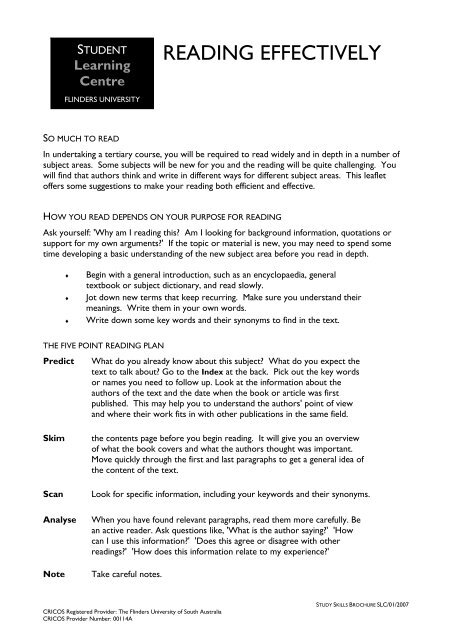




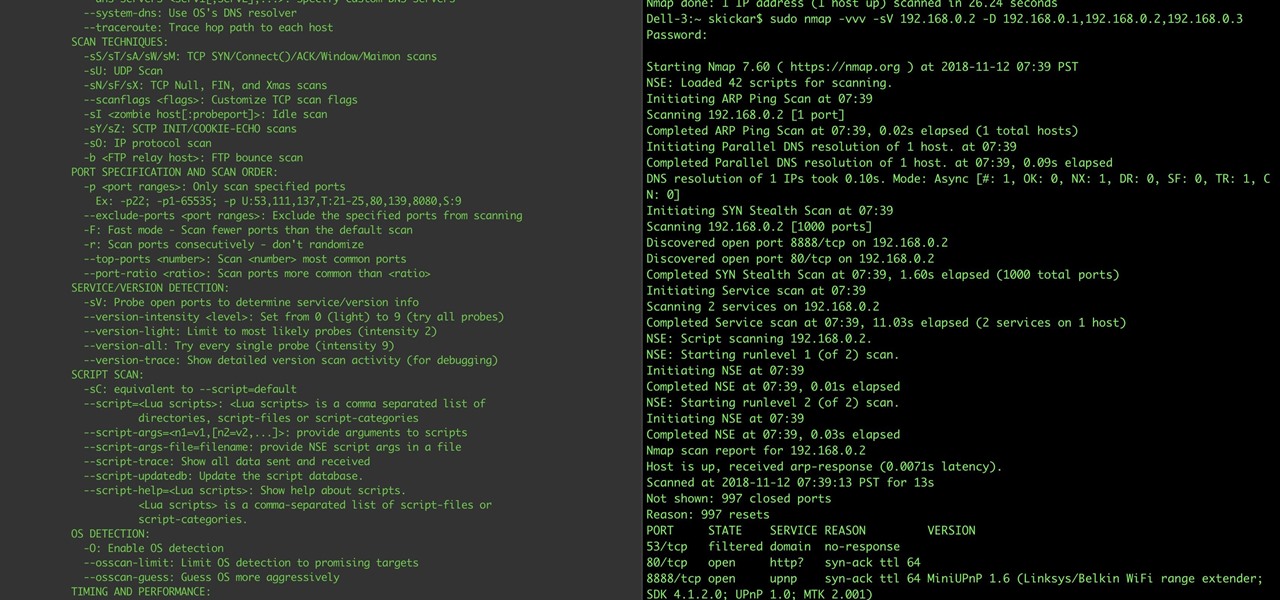
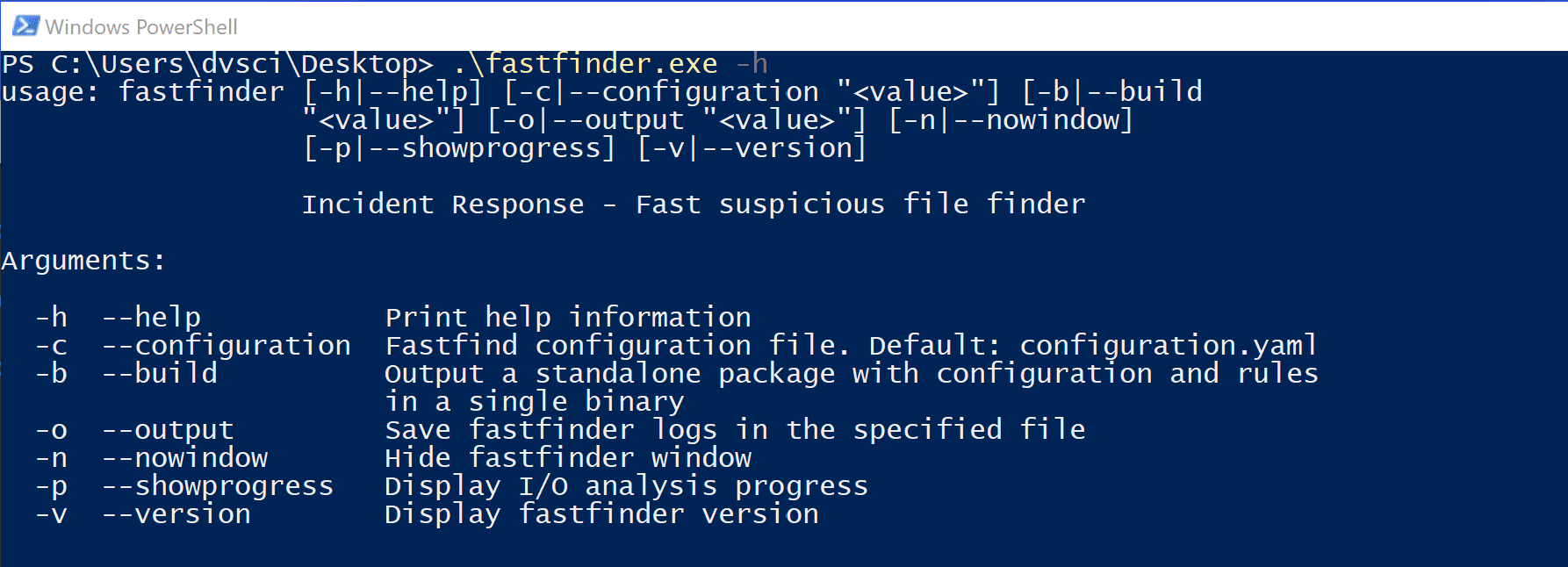
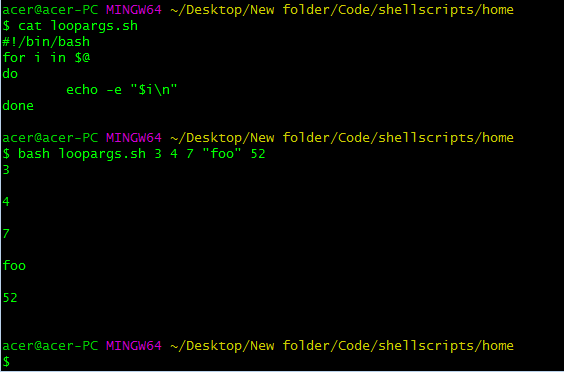

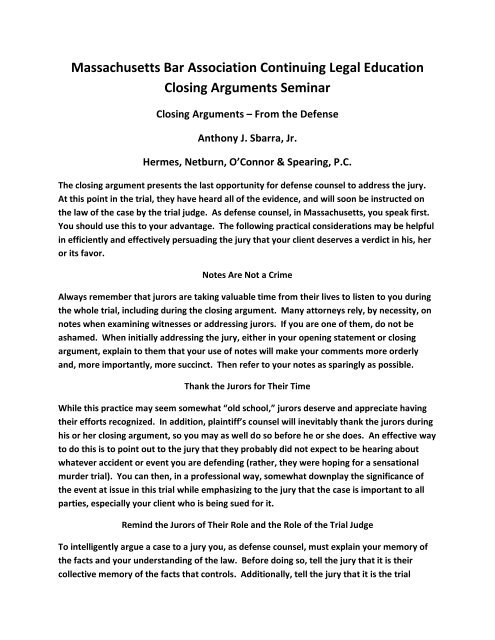










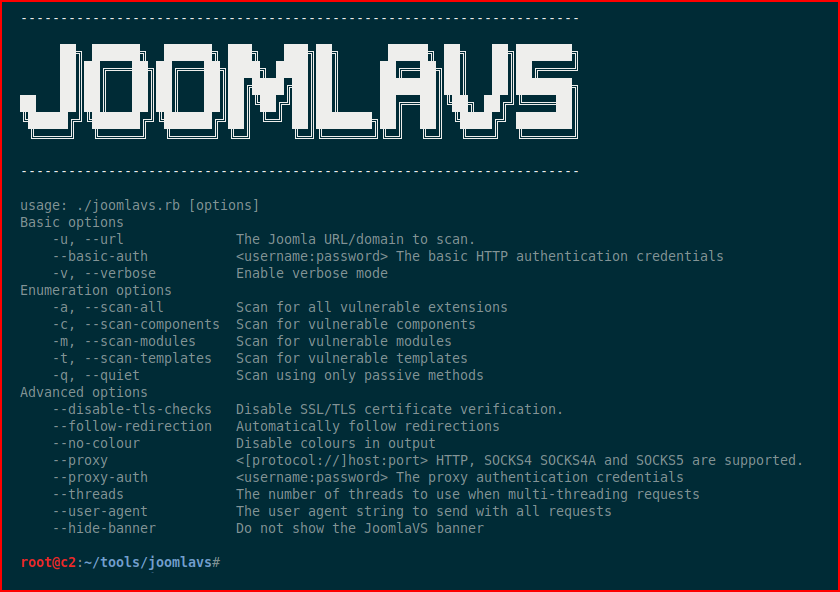


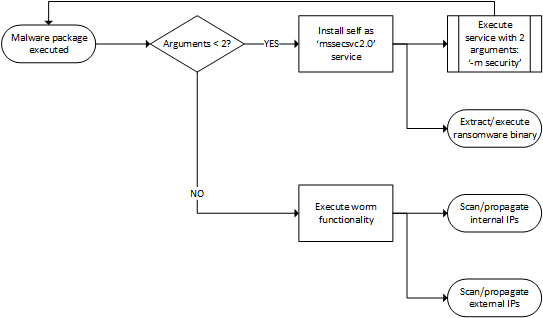





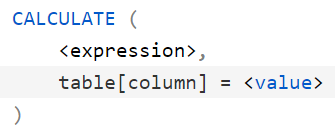





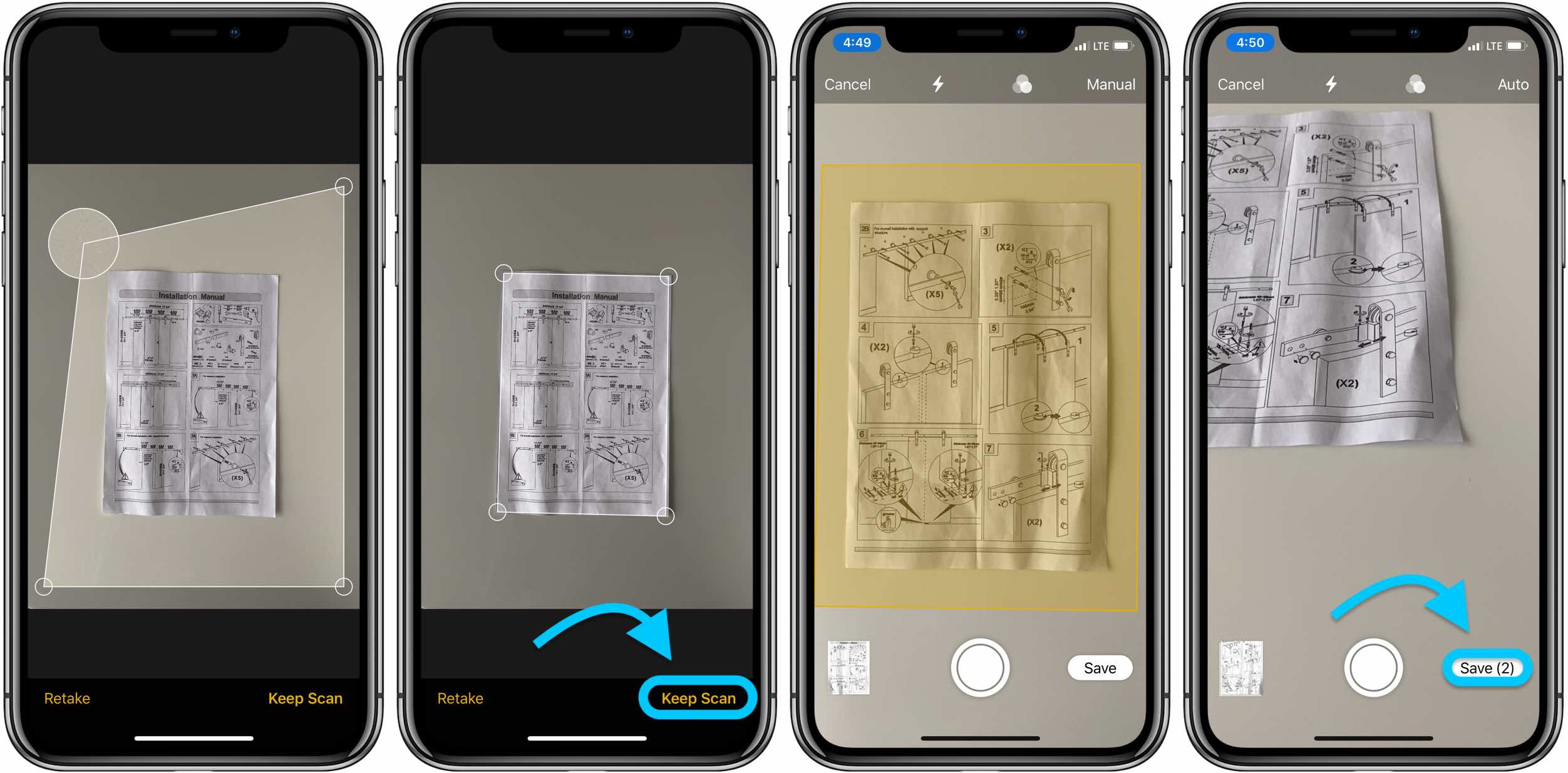
Article link: scan notes about arguments.
Learn more about the topic scan notes about arguments.
- scan notes about arguments (6) Crossword Clue
- Scan notes about arguments – crossword puzzle … – Dan Word
- All Scanner Arguments – Aqua Support Portal
- Step by step note taking for argument analysis – Studocu
- Macros that can scan the contents of their arguments – TeX
- Arguments – Crossword Puzzle
- CLI Scanner Command Line Arguments – N-able
- Scan arguments and determine what they are with a c++ …
- Arguments disputes crossword clue – bird-life.net
- Does anybody know what arguments are available with the …